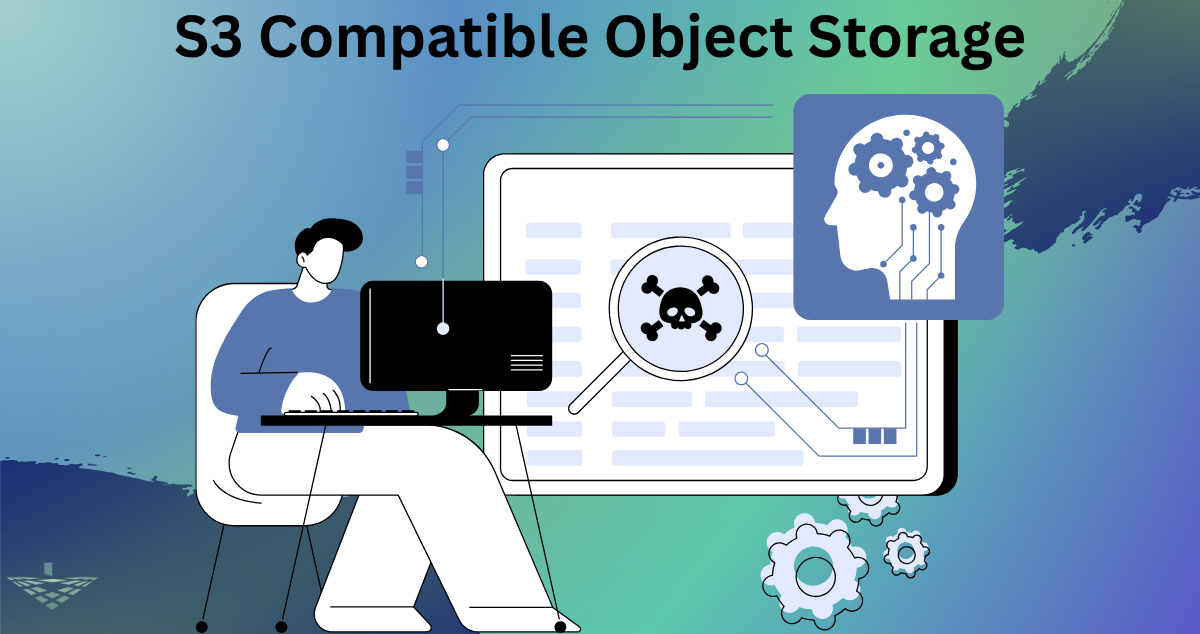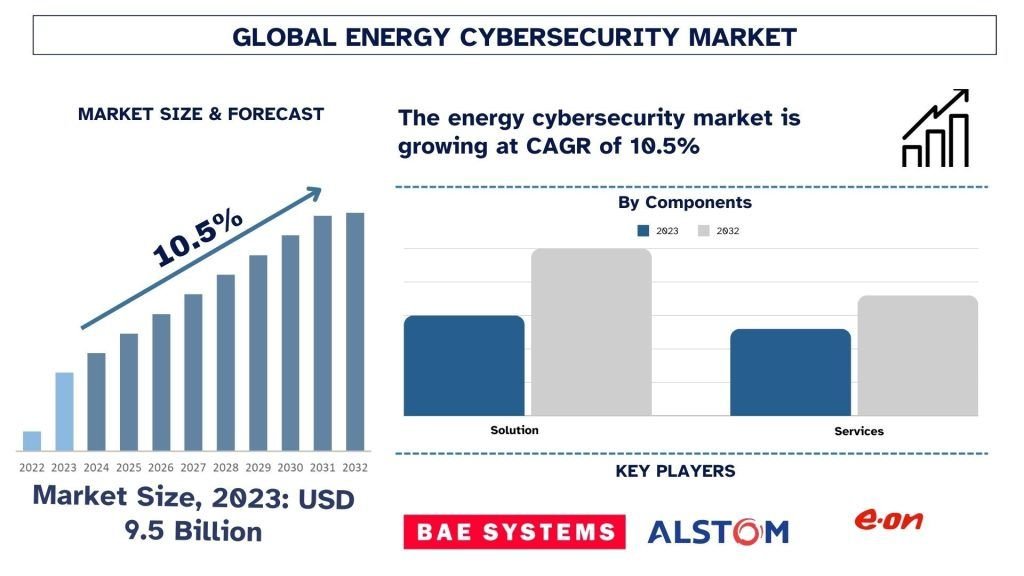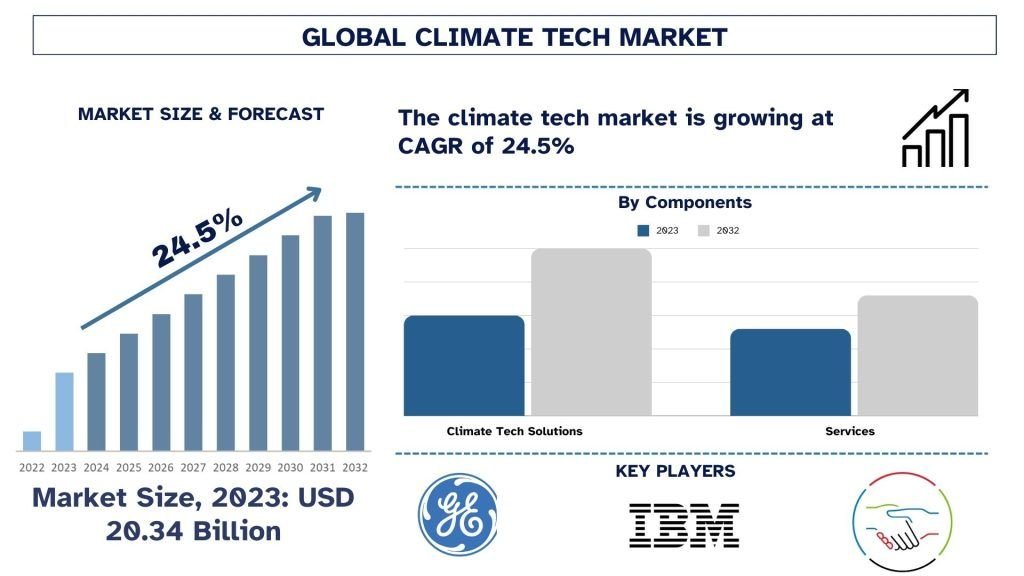Worried about unpredictable costs when storing your data? You’re not alone. Many businesses and organizations struggle with budgeting due to unclear storage pricing models, surprise fees, or complex usage tiers. That’s why transparent and predictable pricing has become a critical factor in selecting the right storage solution. Fortunately, technologies like S3 Compatible Object Storage offer not just scalability and performance—but also a clear, usage-based pricing model that makes financial planning straightforward. With no guesswork, you only pay for what you use, making it easier to align your storage expenses with your actual needs.
Let’s dive into why transparent pricing matters and how modern storage solutions make it easier than ever to store your data without worrying about hidden fees or inflated bills.
Why Transparent Pricing Is a Big Deal
When it comes to storing large volumes of data, the last thing you want is a surprise on your monthly bill. Traditional storage models often come with:
- Complicated tiered structures
- Inconsistent billing cycles
- Charges for operations you didn’t even know existed
- Hidden fees for exceeding thresholds
In contrast, transparent pricing means everything is laid out clearly—cost per GB, fees for data retrieval or transfer, and any add-on features. There’s no fine print, and no sudden price hikes.
Budgeting Becomes Easier
Whether you’re a startup or a large enterprise, budgeting is essential. Knowing exactly how much your storage costs will be every month helps in better financial forecasting. With a solution like S3 Compatible Object Storage, you get a straightforward pricing model. You don’t pay for what you don’t use. No over-provisioning. No unused capacity eating into your budget.
No Surprise Charges
How often do you hear horror stories of companies being slapped with massive storage bills after uploading large datasets or retrieving data too frequently? With a transparent model, you avoid this trap. You know up front what operations will cost, and that lets your IT team plan accordingly.
The Mechanics Behind Usage-Based Pricing
Let’s break it down. A transparent pricing model usually consists of:
- Storage Used (GB/month): You pay based on how much data you actually store.
- Requests (PUT, GET, DELETE, etc.): Every data operation may have a small cost—but it’s always stated in the pricing.
- Data Transfer: Moving data in and out of the system may incur a charge, again clearly defined.
- Optional Services: Versioning, replication, encryption—charged separately and transparently.
A well-implemented S3 Compatible Object Storage solution follows this pricing model to the letter. Every GB, every request, and every operation is measurable and accountable.
How This Helps You Stay in Control
Real-Time Monitoring and Alerts
Most modern storage platforms offer dashboards where you can track usage in real time. You can set alerts when you approach certain thresholds. This allows proactive budget management rather than reactive surprises.
Tier-Free or Tier-Clear Pricing
Some storage providers offer complex tiers (standard, infrequent access, archival), each with their own pricing. While tiers themselves aren’t bad, they must be clearly documented and easy to understand. Better yet, some solutions stick to a flat pricing structure across the board—so you’re not constantly second-guessing whether your data is in the right tier.
Monthly Reports with Details
Detailed billing reports—itemized, easy to understand, and exportable—are another feature of good storage platforms. They allow for transparency not just for you, but also for financial auditors or decision-makers in your company.
S3 Compatible Object Storage: The Ideal Transparent Model
Now, let’s talk solutions. When looking for storage that embodies transparency, S3 Compatible Object Storage stands out. Here’s why:
1. Industry-Standard Protocols
It uses a well-established API that’s been around for years, making it predictable and widely supported. That means no vendor lock-in, no proprietary traps, and consistent behavior across platforms.
2. Pay-As-You-Go Model
There’s no need to commit to large storage blocks in advance. You pay only for the space you use. If you need more storage, it scales. If you don’t, it scales back. This elasticity keeps you financially agile.
3. Integration Friendly
S3 Compatible Object Storage works with most third-party backup tools, disaster recovery software, and content delivery systems. This eliminates the need for costly integrations and custom coding, saving you both time and money.
Benefits Across Industries
Let’s explore how predictable pricing benefits specific sectors:
Healthcare
Hospitals and clinics deal with a constant inflow of imaging data and patient records. Transparent pricing ensures they aren’t hit with unexpected costs just for storing critical patient data.
Education
Universities working on research projects and e-learning platforms can plan their budgets semester-wise. They can scale storage during active months and shrink it during breaks without financial penalties.
Media & Entertainment
Video editors and streaming platforms handle large files. Knowing exactly how much Storage and retrieval will cost helps in content budgeting and customer pricing strategies.
What to Watch Out For: Red Flags in Pricing
Even when providers claim they’re transparent, dig deeper. Watch for:
- Ambiguous definitions of “free” tiers
- Overly complicated usage metrics
- Unclear billing intervals (daily vs monthly)
- Extra charges for “premium support” or “API usage”
Any time a provider refuses to provide a sample bill or a cost estimator tool—consider that a warning sign.
How to Choose the Right Provider
Here are a few questions to ask before you pick a provider:
- Do they offer a pricing calculator on their website?
- Can you set alerts or caps on your usage?
- Is their billing broken down by operation, storage, and transfer?
- Do they provide a free trial or usage simulator?
- Is their S3 Compatible Object Storage available on-premise for better cost control?
If the answer to most of these is yes—you’re likely looking at a trustworthy partner.
Conclusion
In an era where data storage needs are exploding, cost control and predictability have become just as important as performance and scalability. Businesses no longer have the luxury of dealing with unclear billing or hidden charges. That’s why solutions like S3 Compatible Object Storage are leading the charge. With their usage-based pricing, open architecture, and transparency-first approach, you can scale confidently—without sacrificing financial clarity.
Choosing the right storage solution is not just a technical decision; it’s a financial one. And with clear, transparent pricing, you can rest easy knowing your storage costs won’t leave you guessing.
FAQs
1. What is transparent pricing in data storage?
Transparent pricing means all storage costs are clearly outlined before you commit—covering storage volume, retrieval operations, data transfer, and optional services. No hidden fees or vague terms.
2. How does S3 Compatible Object Storage ensure predictable pricing?
It offers a pay-as-you-go model with detailed billing reports, letting users see exactly what they’re paying for—storage size, operations, and transfers—all broken down clearly.
3. Are there any hidden costs in object storage solutions?
Good providers clearly outline all potential costs. However, some may charge extra for things like API access, support, or retrieval operations. Always ask for an itemized cost structure.
4. Can I monitor my storage usage in real time?
Yes. Most object storage platforms offer dashboards where you can track real-time usage, set alerts, and even project monthly costs based on current trends.
5. Why is budgeting easier with transparent pricing?
Because you know what each GB and each operation costs, you can calculate your monthly or yearly expenses more accurately—making it easier to align with organizational budgets.












Leave a Reply